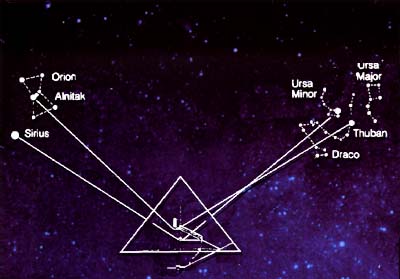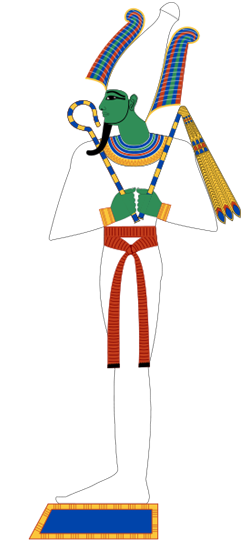

Osiris is represented in his most developed form of iconography wearing the Atef crown, which is similar to the White crown of Upper Egypt, but with the addition of two curling ostrich feathers at each side. He carries the crook and flail. He is commonly depicted as a green (rebirth) or black (void) complexioned Pharaoh, in mummiform wearing the trappings of mummification from chest downward.
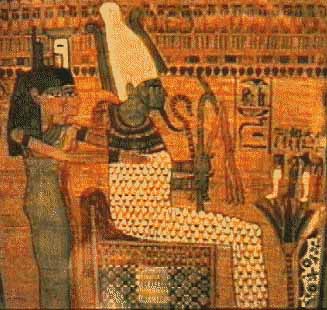
For those who study Ancient Alien Theory, Osiris and the Pantheon of Egyptian Gods, were aliens who wore masks to conceal their identities. In the alchemy and magic of reality - we are all playing in the mythical matrix of their illusion.

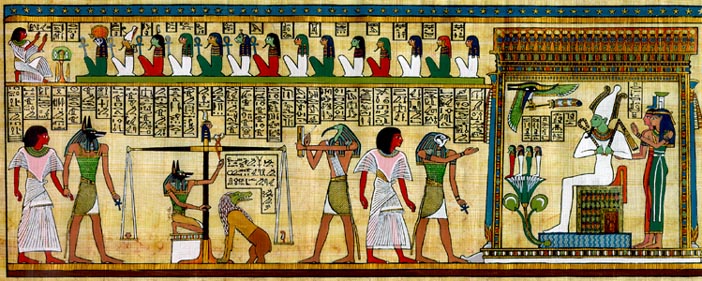
Funerary Scene - Merciful Judge of the Dead
God of Resurrection, The Underworld, The Afterlife
Patron of Pharaohs, Agriculture, Fertility (Annual flooding of the Nile River
Brother of Seth, Nephthys, and Isis who was also his wife
Father of Horus by Isis
Father of Anubis by Nephthys
Osiris (Asar, Aser, Ausar, Ausir, Wesir, or Ausare)
Attestations of his name:
Pyramid Texts (ca. 2400 BC),
Shabaka Stone
The writings of Plutarch
Hieroglyphs, Reliefs, Stela, Paintings, Papyri
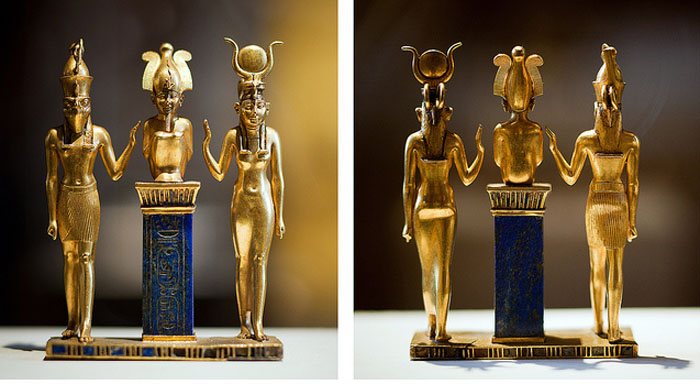
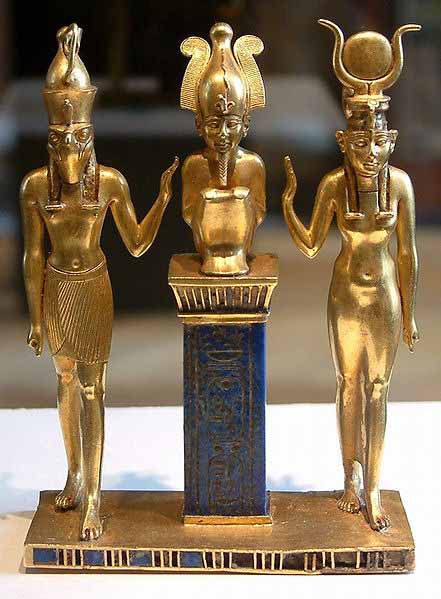
The family of Osiris. Osiris on a lapis lazuli pillar in the middle,
flanked by Horus on the left and Isis on the right (Louvre, Paris)
This myth has been told in various ways, but the message is aways the same - death and resurrection a metaphor for the journey of the soul in the games of physical reality.
Plutarch recounts one version of the myth surrounding the cult in which Set fooled Osiris into getting into a box, which he then shut, had sealed with lead, and threw into the Nile (sarcophagi were based on the box in this myth).
Osiris' wife, Isis, searched for his remains until she finally found him embedded in a tree trunk, which was holding up the roof of a palace in Byblos on the Phoenician coast. She managed to remove the coffin and open it, but Osiris was already dead. She used a spell she had learned from her father and brought him back to life so he could impregnate her. After they finished, he died again, so she hid his body in the desert.
Months later, she gave birth to Horus. While she was off raising him, Set had been out hunting one night, and he came across the body of Osiris. Enraged, he tore the body into fourteen pieces and scattered them throughout the land. Isis gathered up all the parts of the body, less the phallus which was eaten by a fish thereafter considered taboo by the Egyptians, and bandaged them together for a proper burial. The gods were impressed by the devotion of Isis and thus resurrected Osiris as the god of the underworld. Because of his death and resurrection, Osiris is associated with the flooding and retreating of the Nile and thus with the crops along the Nile valley.
Diodorus Siculus gives another version of the myth in which Osiris is described as an ancient king who taught the Egyptians the arts of civilization, including agriculture. Osiris is murdered by his evil brother Set, whom Diodorus associates with the evil Typhon ("Typhonian Beast") of Greek mythology. Typhon divides the body into twenty six pieces which he distributes amongst his fellow conspirators in order to implicate them in the murder. Isis and Horus avenge the death of Osiris and slay Typhon. Isis recovers all the parts of Osiris body, less the phallus, and secretly buries them. She made replicas of them and distributed them to several locations which then became centres of Osiris worship.
The tale of Osiris becoming fish-like is cognate with the story the Greek shepherd god Pan becoming fish like from the waist down in the same river Nile after being attacked by Typhon . This attack was part of a generational feud in which both Zeus and Dionysus were dismembered by Typhon, in a similar manner as Osiris was by Set in Egypt.
Osiris was viewed as the one who died to save the many, who rose from the dead, the first of a long line that has significantly affected man's view of the world and expectations of an afterlife.
Scholars such as E.A. Wallis Budge have suggested possible connections or parallels of Osiris' resurrection story with those found in Christianity: "The Egyptians of every period in which they are known to us believed that Osiris was of divine origin, that he suffered death and mutilation at the hands of the powers of evil, that after a great struggle with these powers he rose again, that he became henceforth the king of the underworld and judge of the dead, and that because he had conquered death the righteous also might conquer death. In "Osiris the Christian", Egyptians found the prototype of Christ, and in the pictures and statues of Isis suckling her son Horus, they perceived the prototypes of the Virgin Mary and her child."
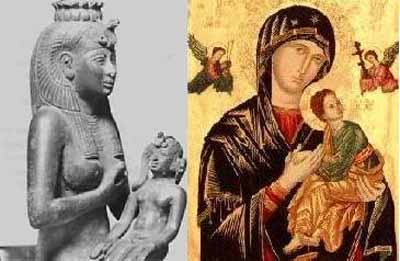
UFOs in Art History
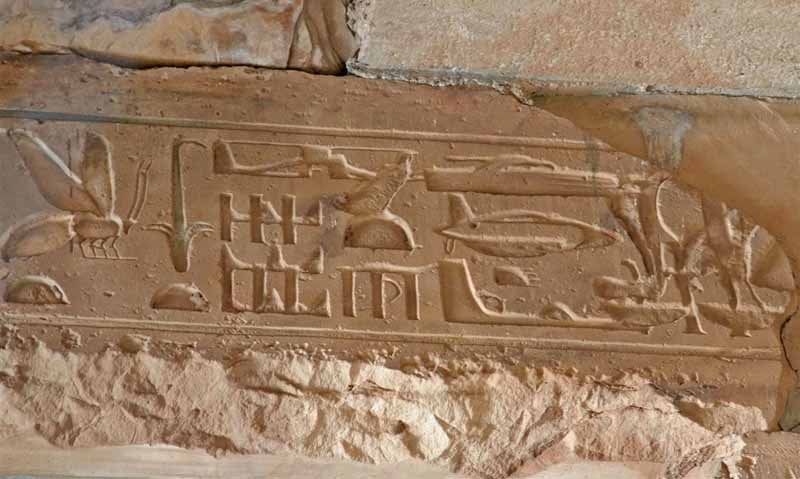
Ceiling Beams at Temple of Abydos -- Aliens and Ancient Aircraft
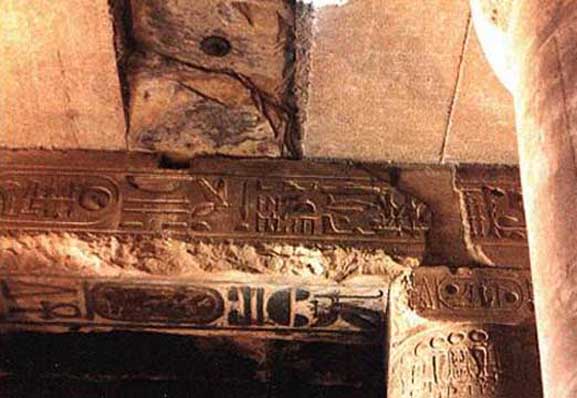
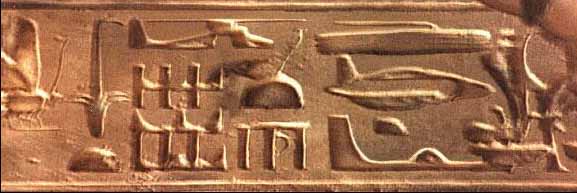
Osiris was worshipped widely throughout all of Egypt, his cult center at Abydos until things changed politically. The cult of Osiris continued until the 6th century AD on the island of Philae in Upper Nile because the Theodosian decree (380 AD) to destroy all pagan temples and force worshipers to accept Christianity was not enforced there. This lasted until the time of Justinian. The ceremonies were about rebirth.
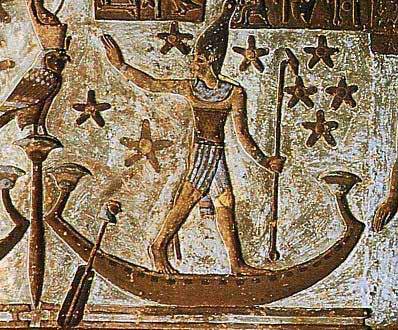
The Solar Barge and the Wormhole
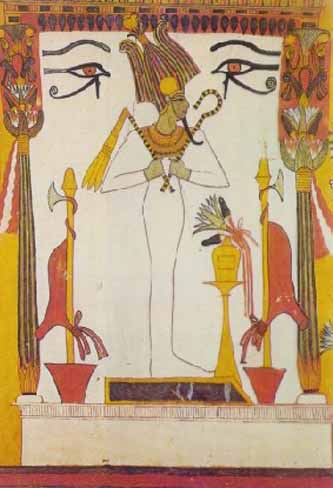
Eye Symbology
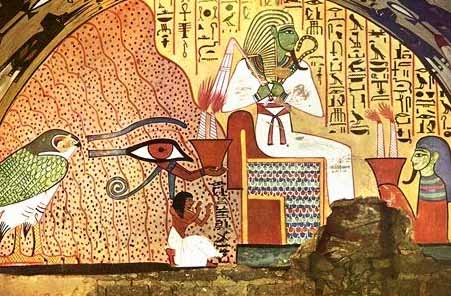
It's all about death and resurrection.
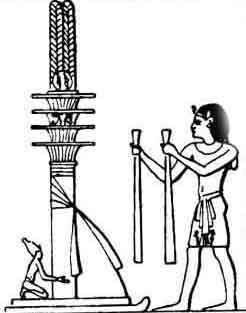
One of Osiris' symbols is the djed.

The djed, a type of pillar, was usually understood as the backbone of Osiris, and, at the same time, as the Nile, the backbone of Egypt. The Nile, supplying water, and Osiris strongly connected to the vegetation who died only to be resurrected represented continuity and therefore stability.
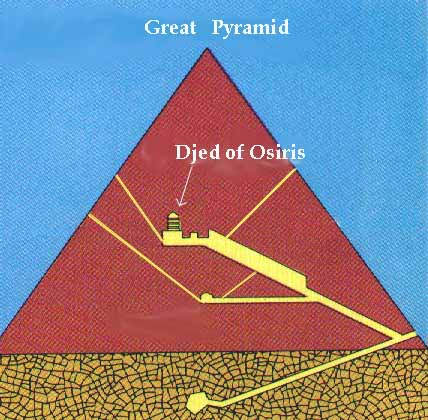
The Great Pyramid
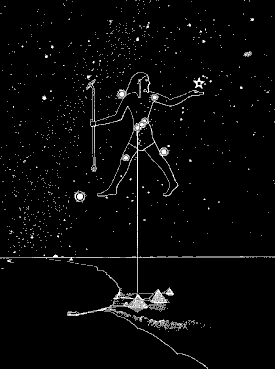
Osiris is Orion. Isis is Sirius
